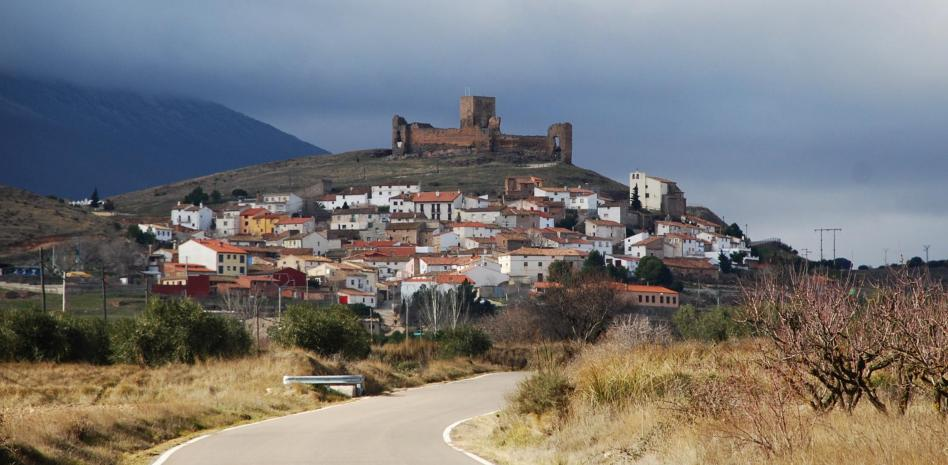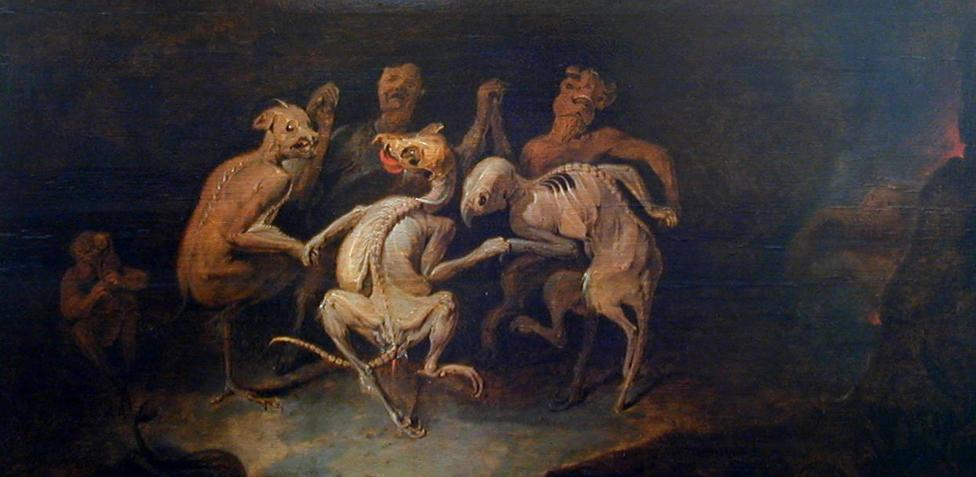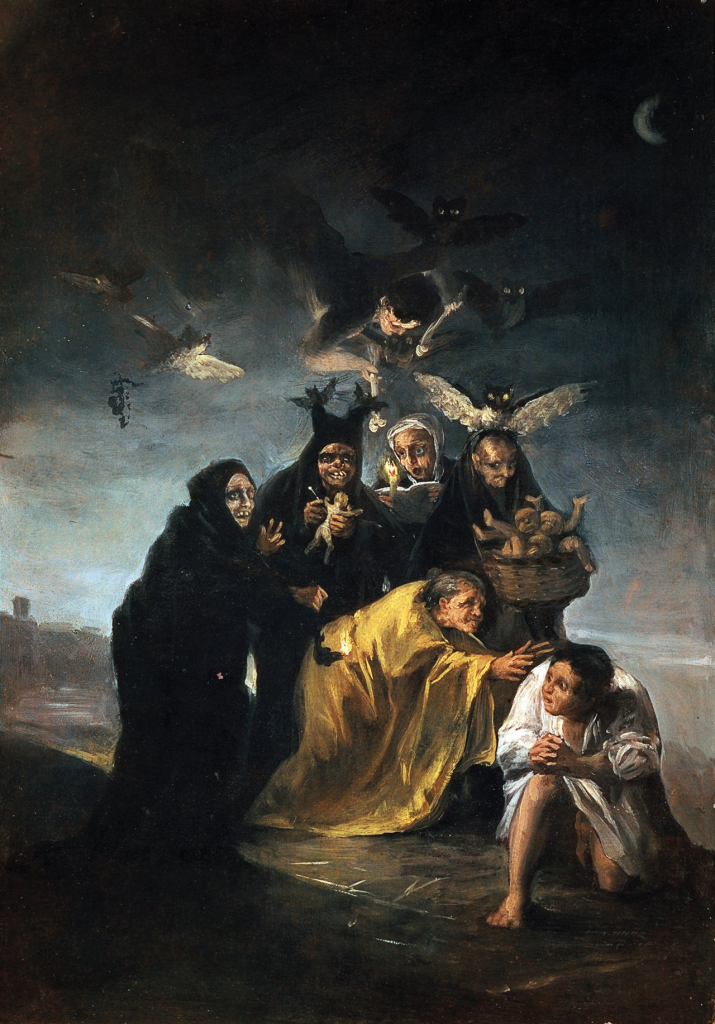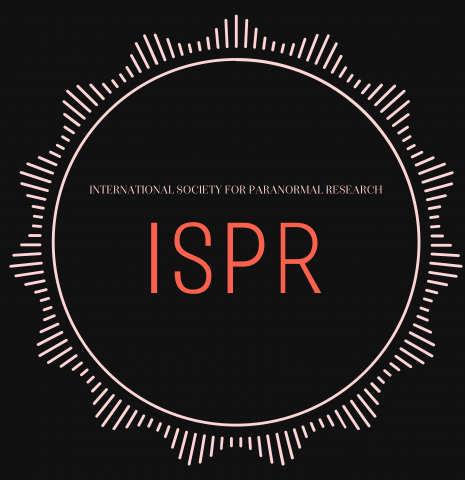
Trasmoz, the only excommunicated city in Spain, was damned more than once by Ecclesiastical authorities: Once in 1255 by refusing to submit to the authority of the powerful Monastery of Veruela, and again in 1511 in a conflict with the Superior of the same Monastery over water rights. Trasmoz was officially “cursed” by the Abbott during a ceremony where the Cross was draped in black and Psalm 108 was recited: the one where God damns his enemies. All this is accompanied by solemn bell ringing and incantations.

Once Trasmoz was excommunicated, only the Pope can undo said action, and so far, he has not revoked Trasmoz’s status. So Trasmoz continues to exist happily with its curse, which brings visitors from near and far to see if it is truly haunted and infested by witches. As I studied this interesting case, I ran across multiple stories relating to Trasmoz’s reputation as a haven for the occult and the paranormal. One source said that Trasmoz was illegally fabricating money, and blamed the noise of the forge on witches making cauldrons for their infamous “aquelarres” or covens. Adolfo Bécquer, the famous Spanish Romantic author and poet, stayed in Trasmoz for long stretches at the Monasterio de Veruela, attracted by the witch lore. He wrote several stories inspired by these tales, including “La corza blanca”, “El gnomo”, and the very well known “Los ojos verdes”, which my students are required to read every semester.
It appears that Trasmoz was simply punished for economic reasons and banned from the Church’s good graces for desiring independence from local rule. I wonder, however, if there is anything to the stories of occult practices and persecution of actual, practicing “brujas”. Even though Trasmoz has made an annual tradition of the “Feria de la brujería y de las plantas medicinales”, or “Festival of Witchcraft and Medicinal Plants”, does that mean that actual ‘witches’ performed magic rituals and dispensed medicine to the populace? Would Gustavo Adolfo Bécquer have spent such a long time visiting Trasmoz and surroundings if there were nothing to these stories?
It is at this point that I must confess my ignorance regarding the actual practice of witchcraft in Spain, Europe, and the United States throughout the centuries (12th–21st century in Europe, 17th century in the States). Women were persecuted for multiple reasons, mostly social, economic, and cultural. Most of us know that one could be denounced as a witch for an unmarried status, owning a black cat, upsetting your neighbors, practicing medicine while female, missing Mass, speaking your mind, or any number of trivial reasons. The Catholic Church was consolidating power through terror campaigns and brutal misogyny.
But the question remains: were there women who actually practiced what today we call witchcraft? And what would that have looked like before it was so horrifyingly punished? At the risk of manifesting my ignorance (and no, I’m not afraid to do so), I am supposing that what the Church called witchcraft was more about traditional medicine, women gathering for support and social reasons, and women playing important roles in the local communities. I am further hypothesizing that Satan and his minions played no role in any of it.
I continue to wonder, though, if magic and transformation were truly part of this reality in Spain, where amazing things happened that have been hidden from the rest of us and buried by the Church. Were ghosts and spirits conjured? Was there communication with the dead? Did Nature spirits come forward, summoned by powerful women, to communicate their secrets and prophecies? Perhaps there is no way to ever know, or no way for someone like me to know, as indoctrinated as I have been by Christianity and its version of history. My curiosity is enormous and pervasive, and I desperately want to know who these “brujas” were in reality, before their way of life was brutally exterminated or driven underground.
To this day, you cannot discuss this with many people in Granada. There are scholarly books on witchcraft, but they don’t address actual practices as much as the cultural and religious hysteria around the concept of dark magic and spells. There is still a great deal of fear and suspicion around supernatural events or the practice of the occult. I spend some of my free time searching the book stores and the local book fairs for anything related to “true” stories of the paranormal or supernatural, and so far, I have found only one book that addresses something that actually happened: Exorcismo del Albaicín. It’s a truly terrifying account of a botched exorcism that resulted in the death of the victim. As far as other true stories of the paranormal, such as haunted sites and ghost stories, there is ONE book dedicated to that topic relating to Granada, and it was banned by the publisher from distribution in this city. There is exactly one copy available in Sevilla, and the price is prohibitive.
The topic of supernatural, occult, or paranormal events outside of the parameters of the Church’s interpretation and control is still largely suppressed. It makes the majority of Spaniards very uncomfortable, because to identify as Catholic or Christian means to repress and deny the extraordinary and the ordinary lives of people who followed other practices, principles, and beliefs; it means that spirits, ghosts, and any number of supernatural beings must hide in the dark and remain unacknowledged, or worse, are branded as devils and evil doers.
Visiting Trasmoz, Soportújar or La Lastra, feels a bit rebellious. Yes, perhaps all of these rumors and tales amount to little, but perhaps not. If there is a reality that is still waiting patiently to be discovered, then I will go and see for myself if the spirits have a story to tell, especially if that story is one of repression, rage, and mystery.
–Kirsten A. Thorne, PhD

For more information:

Fascinating blog post!
I had not heard of the city of Trasmoz before. I’m excited to read Adolfo Bécquer’s “La corza blanca”, “El gnomo”, and “Los ojos verdes”, although I’ll probably have to read them in English as my Spanish is very rusty.
I think it was in “People of the Lie” that M. Scott Peck relates his experiences participating in 2 exorcisms and witnessing evil manifest, although it is short on details. It’s quite late in the book, if you are interested.
LikeLike
Oh yes, I am very interested! I will check that out. Thank you so much for reading and commenting.
LikeLiked by 1 person
And, all those Bécquer stories should be available in English, especially “Green Eyes”.
LikeLiked by 1 person